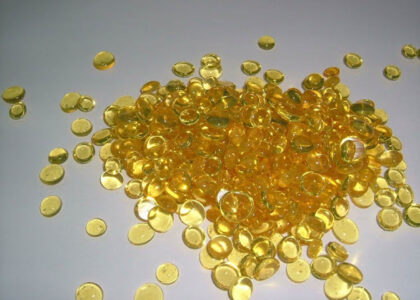Cold chain packaging is designed to maintain a consistent temperature range for temperature-sensitive products during storage and transportation. This type of packaging is crucial for preserving the quality and safety of products that are sensitive to temperature variations, such as pharmaceuticals, vaccines, biologics, and certain food items.
Increasing demand for more suitable shipping of temperature-sensitive pharmaceutical products resulted in advanced research for improved cold chain packaging insulation solutions. One of these includes vacuum-insulated packaging (VIP).
The United States and Canada Cold Chain Packaging Market is anticipated to reach a value of US$ 6.9 Billion in 2023. From 2023 to 2033, it is expected to expand at a CAGR of 12.2%. By the end of 2033, it is projected to have a value of US$ 21.8 Billion.
It offers shippers at a cost lower than conventional PUR shippers. Increasing preference for ocean freight often expands carriage time. It is anticipated to further drive the adoption of VIP-based shippers.
These help to reduce refrigerant requirements, provide a broad temperature range, and successively cut down distribution costs. CSafe, one of the prominent producers of VIP, incorporates its exclusive ‘ThermoCor’ VIP combined with a protective buffer.
Get Exclusive Sample Copy of the Report: https://www.futuremarketinsights.com/reports/sample/rep-gb-17132
Key aspects of cold chain packaging:
- Temperature Control: The primary purpose of cold chain packaging is to control and maintain specific temperature conditions for the packaged contents. This is critical for preserving the efficacy and safety of temperature-sensitive products.
- Insulation: Cold chain packaging often incorporates insulating materials to minimize heat transfer between the external environment and the contents. Common insulation materials include foams, reflective films, and vacuum panels.
- Refrigerants: Cold chain packaging may include refrigerants, such as gel packs, ice packs, or phase change materials (PCMs), to absorb or release thermal energy and regulate temperature within the package.
- Temperature Monitoring: Many cold chain packaging solutions include temperature monitoring devices, such as data loggers or indicators, to track and record temperature conditions during transit. This ensures that the temperature remains within the required range.
Request Report Methodology: https://www.futuremarketinsights.com/request-report-methodology/rep-gb-17132
Key Takeaways:
- The polymer segment by material type is likely to hold around US$ 15.2 Billion of the market value in 2033.
- The paper segment is estimated to witness a gain of 2.1x times by value and a CAGR of 14.2% during the forecast period.
- The gel packs segment by product type is anticipated to witness a 12.6% CAGR from 2023 to 2033.
- Phase change cold storage products segment is estimated to witness a gain of 3.8 times its value by the end of 2033.
- The reusable packaging segment by packaging format is anticipated to witness a CAGR of 12.7% in the assessment period.
Key Players
- Sonoco Products Company
- Sofrigam SAS
- Cryopak Industries Inc.
- CSafe Global, LLC
- DGP Intelsius LLC
- TemperPack Technologies, Inc.
- Engineered Packaging, Inc. dba Chill-Pak
- American Thermal Instruments
- Mettcover Global
- Nordic Cold Chain Solutions
- RipplePak Ltd.
- Insulated Products Corporation
- Klinge Corporation
- Sealed Air Corporation
- Cold Chain Technologies
- Orora Packaging Solutions
- Envirotainer AB
For instance,
- In May 2021, CSafe developed a VIP insulated shipper for BioNTech’s facility. It provides 10+ days of temperature protection for vaccine shipments with minimal dry ice.
Market Segmentation:
By Product Type:
- Pallet Shippers
- Insulated Containers
- Foam Bricks
- Gel Packs
- Protective Packaging
- Phase Change Cold Storage Products
By Material Type:
- Polymer
- Polyethylene
- Polypropylene
- PET
- EPS
- Polyurethane
- Others (PVC, Nylon, Teflon)
- Metal
- Paper
By Packaging Formats:
- Reusable Packaging
- Disposable Packaging
By End Use:
- Food
- Beverages
- Pharmaceutical
- Cosmetics & Personal Care
- Chemical
- Others (Textile, Electronics, Research Institutes, Building & Construction)
By Country:
- United States
- Canada





